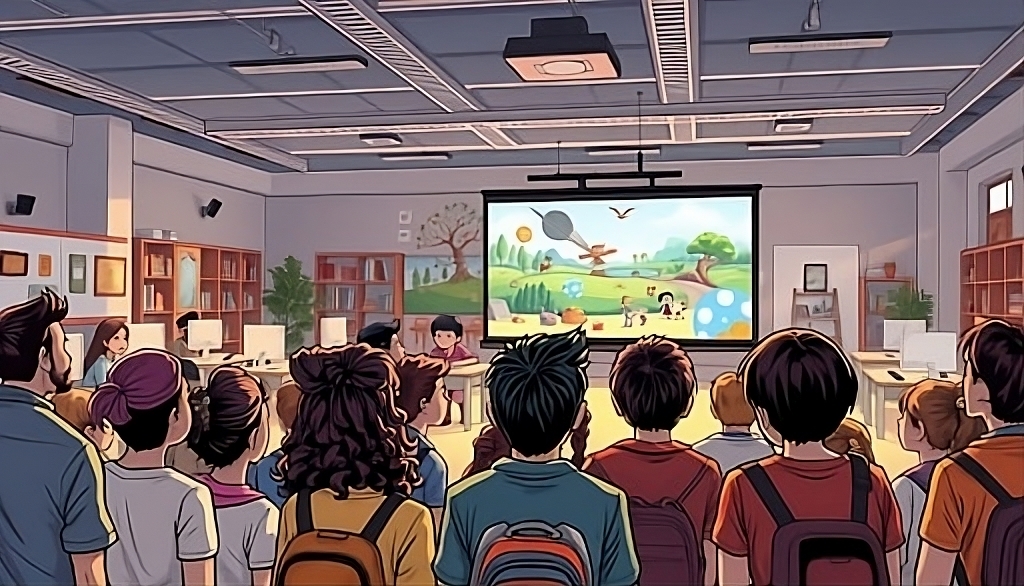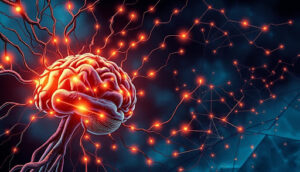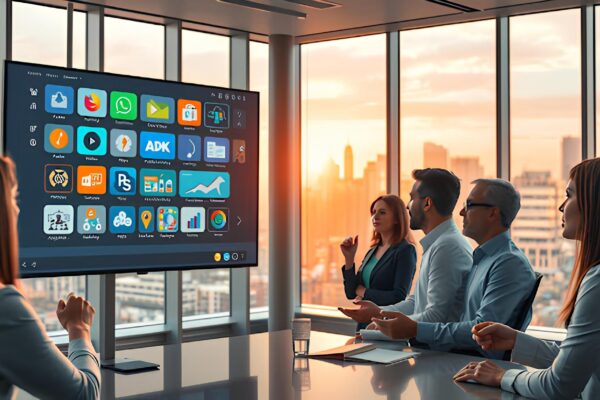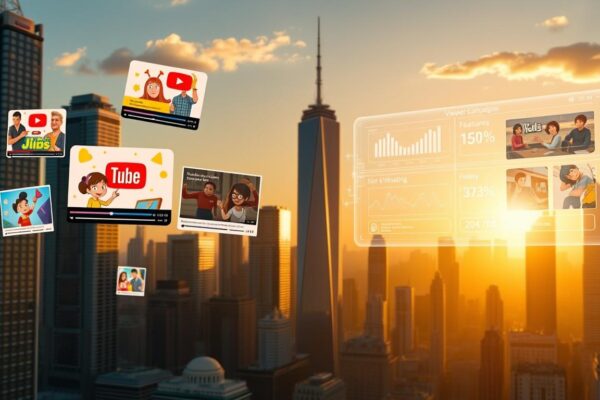
You’ve probably witnessed the captivating power of animation in learning materials. It’s not merely pretty to look at; it profoundly affects the way information is processed in our minds.
Research in psychology indicates that it has a significant effect on learning experiences. It makes things more enjoyable and easier to understand. If employed correctly, animation grabs the brain’s attention, making the material more understandable and memorable.
Through the utilization of the dynamic nature of animation, educators can design engaging learning environments that speak to the learners. It makes learning enjoyable while enhancing results.
Key Takeaways
- The psychology of animation is important in optimizing learning experiences.
- Animation enhances complex ideas and makes them more interactive.
- Appropriate use of animation can enhance retention of knowledge.
- Animation aids in the creation of engaging environments.
- Teachers can use animation to make education enjoyable and efficient.
The Science Behind Animation in Learning
Visual learning is one of the major ways we learn, and animation leverages this to enhance learning. You may wonder why animation captures and maintains your attention so effectively.
How Your Brain Processes Moving Images
Looking at an animated video activates your brain in a intricate dance of visual processing. It entails various parts of the brain acting in coordination to interpret movement, color, and context. The fast processing of visual information by the brain makes animation a great tool for learning.
Why Motion Captures Your Attention
Motion has great appeal to us. Our brains are evolutionally programmed to gravitate toward motion. This biological appeal makes animated content particularly appealing.
The Power of Animation in Learning
Learning is enhanced in educational content with animation. Animation increases understanding and retention. Animation renders learning interactive and enjoyable. This is so because animation makes learners participate differently.
How Animation Enhances Learning and Information Retention
Animation renders difficult information easy to look at. This increases the chances of learners remembering it. Visual cues assist in remembering information.
Major advantages are enhanced recall and enhanced comprehension of difficult concepts. Animation breaks down difficult processes into simple-to-grasp visuals.
Simplifying Complex Concepts Through Visual Storytelling
Visual storytelling using animation helps complicated concepts become easy to understand. It conveys information in a fun, easy-to-digest manner. It’s particularly useful for topics with complicated procedures or abstract concepts.
- Simplifying complicated information into easy-to-understand visuals
- Building a personal connection using storytelling
- Making it more engaging by using dynamic visuals
The Emotional Connection: Why You Remember Animated Content
Animated content has a powerful emotional connection. The information becomes easier to remember because of this. Emotional connections play an important part in learning, enhancing learner interest.
Recognizing the Dopamine Response
Animation triggers the dopamine response of the brain, which is associated with reward and pleasure. This brain response makes learning fun and adds motivation. Students are more apt to learn and remember the information.
Through the application of animation in learning, teachers can design a more interactive and efficient learning environment. Not only does it enhance retention, but also clarifies complex concepts. It opens up learning to everyone and makes it fun.
Real-World Applications of Animation in Learning
Investigating the application of animation in learning uncovers its massive influence. It’s transforming the way students learn about intricate concepts. This transition is redefining the learning space.
Transformation of Digital Classroom
The conventional classroom is transforming into an interactive digital room. Animation is central in its transformation, enabling environment to become more interactive. It enables the creation of educational content that supports different learning models.
Language and Cultural Learning
Animation supports different languages and cultural subtleties. Interactive animated videos assist students in understanding context and usage in language.
Accessible Animation Tools for Teachers and Students
Computer-based learning has opened up many of these animated tools to educators and students alike. Some of the popular choices include:
Powtoon
GoAnimate (recently rebranded as Vyond)
Blender
Conclusion: Embracing Animation for Enhanced Learning Experiences
Animation plays an essential role in engaging. It makes things simpler, enhances memory, and encourages emotional bonding. This visual technique not only draws your eye but also adds fun and interactivity to learning.
By embracing animation in learning, you can transform the way you learn and retain information. With the availability of affordable animation software, incorporating animation into your studies is easier than ever. With changing times, animation’s place in determining the future of learning becomes increasingly crucial.




